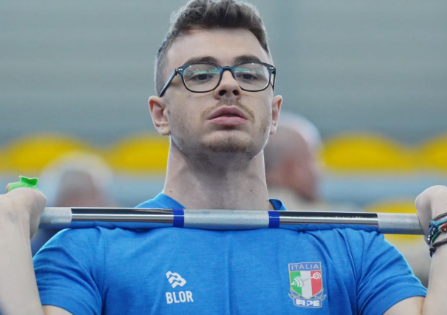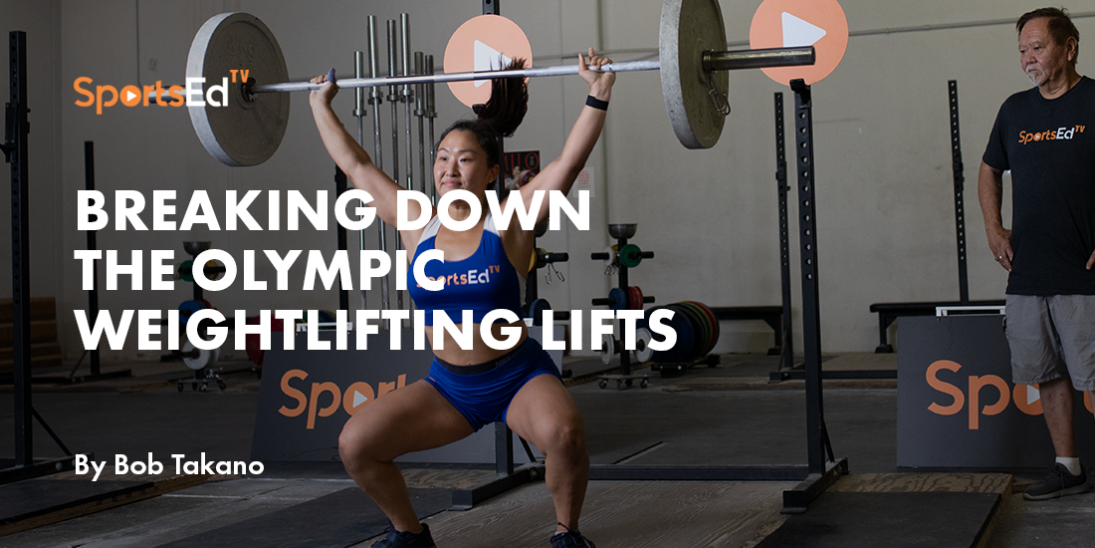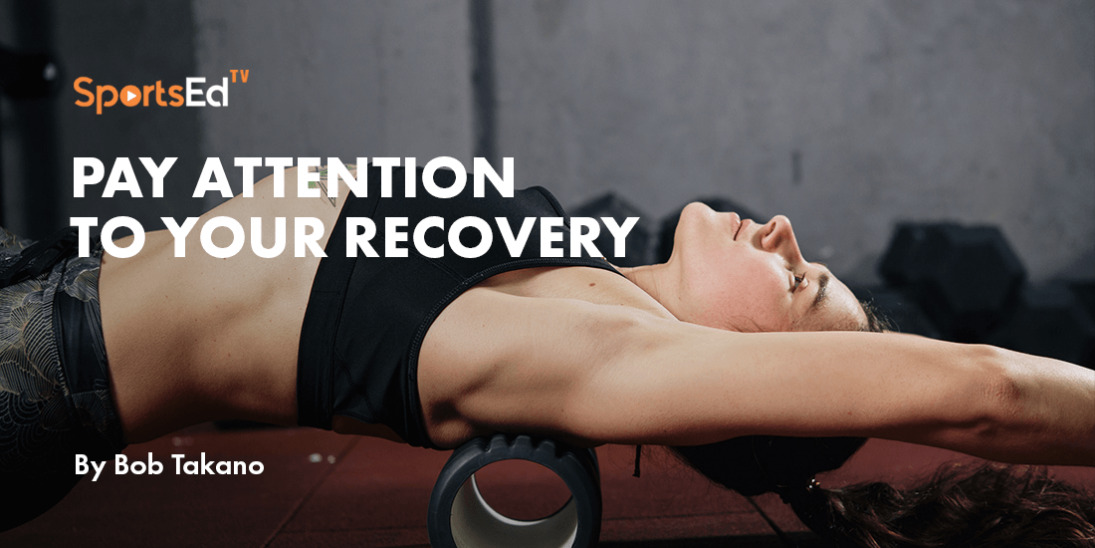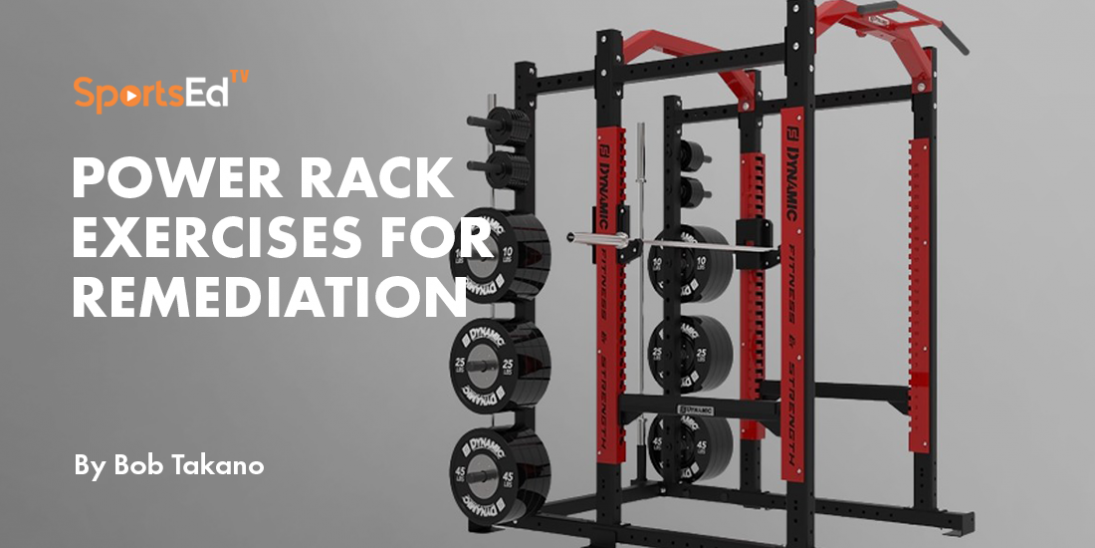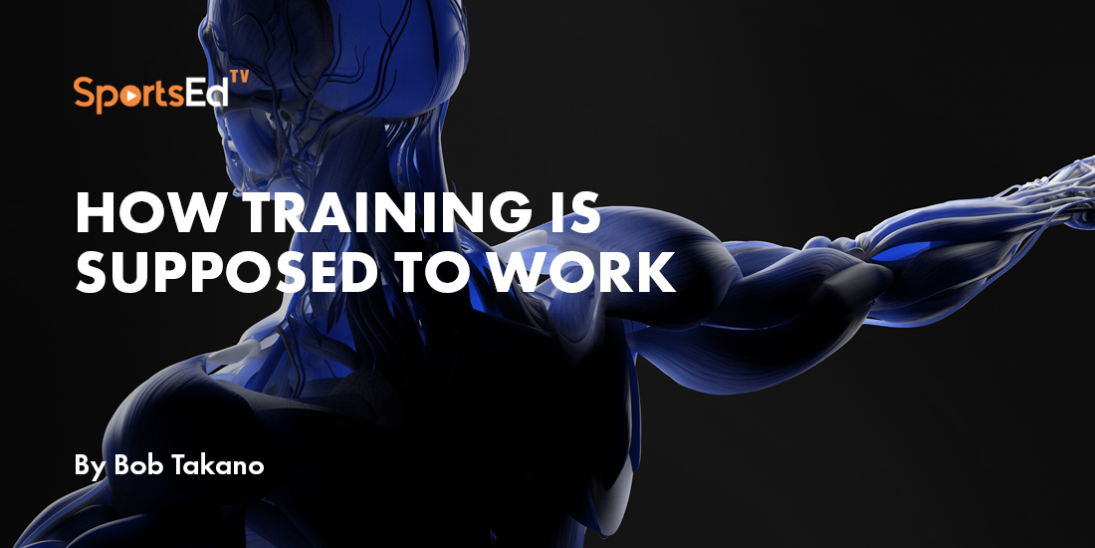Mental Toughness, Weightlifting
Welcome and thanks for visiting...

Elevate Your Weightlifting Performance: Rehearsing To Compete
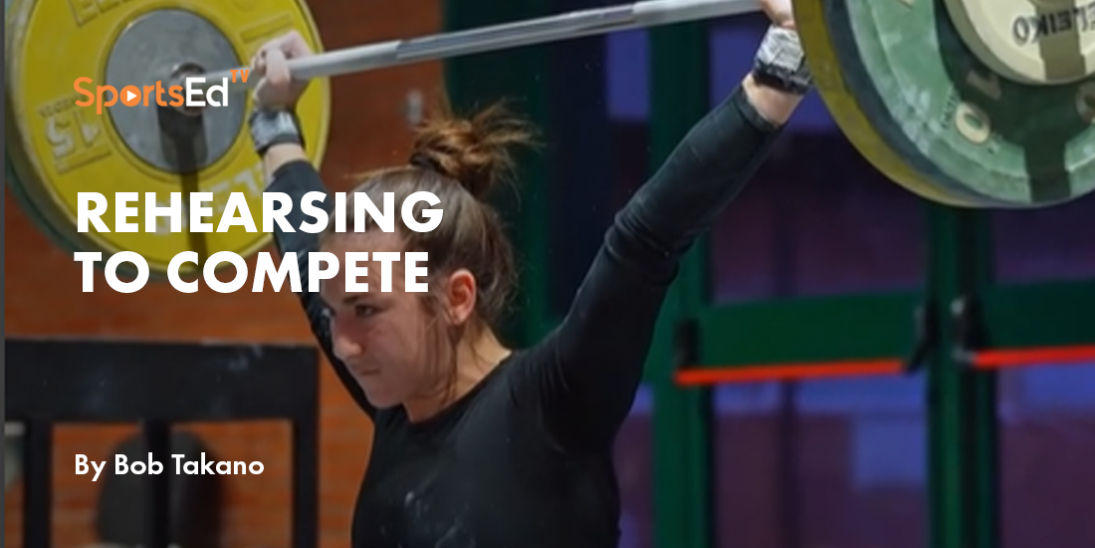
Understanding Competitive Weightlifting Dynamics
Competitive weightlifting is one of those activities that offers few opportunities to learn how to take advantage of competitive situations to elevate performance levels. Yet high level lifters are expected to function at highly pressurized levels with relatively few competitions in comparison to athletes in many sports.
The Challenge for Youth Athletes
Youth athletes in game sports may have dozens of games in a single season and may have competed hundreds of times before they reach their physiological prime periods. In contrast, I once ran a very successful Junior Olympics weightlifting program in the Southern Pacific Association. We held six developmental meets and one championship meet each year. That’s only seven competitions per year for school-age and junior athletes. There is not really a large number of competitive opportunities.
The Pressure of Fewer Competitions
The pressure on weightlifters is considerable just because of the nature of the competitive rules and the duration of each attempt. A weightlifter has only six attempts in a meet. Each of the snatches has a functional duration of 1.5 seconds or less. Clean & jerks may have double that. Consequently, the pressure is enormous. Yet, the preparation for competition only allows for a few meaningful competitions per year. The problem is how does an aspiring lifter gain enough competitive experience in order to achieve a degree of competitive aplomb.
Mental Rehearsal: A Solution to Limited Competition
The solution is mental rehearsal in a format that is not draining but provides the athlete with the confidence that enables the achievement of a maximal performance state. It has been called autogenesis, self-hypnosis, or fractional relaxation. It is a common practice in many national sports programs, and I’ve used it successfully with a number of athletes who were trepidatious about the competitive experience.
The Ideal Ambience for Mental Rehearsal
In order to enter the altered state, the athlete should set aside a portion of time (a half hour is sufficient) where there are no disturbances. There should be little or no auditory disruption. The room temperature should be 20 degrees C (68 F) or slightly higher, but not a temperature that might induce sleep. Lighting should be subdued. The athlete should lie supine on a bed; a pillow is optional.
The Process of Achieving Deep Relaxation
With eyes closed, the subject should imagine the toes and then the feet turning into liquid. As each portion of the body begins to relax to the point where there is little sensation in that particular body part, the physical feelings begin to subside. After the feet, the lower legs relax and melt into the mattress. The thighs are next. Complete relaxation may not be achievable in the initial efforts, but it will be eventually achieved through practice.
Visualizing Competition Success
The process continues into the torso, beginning with the pelvic region and then the abdominal. It should be quiet with no sensations. Proceed to the chest and shoulders. At this point, the athlete should only be aware of the arms.
The fingers and then the hands turn to liquid and melt into the mattress. Then, the upper arms. When the entire body has achieved the relaxed state, one will feel as though there is only a brain lying on the pillow and a heart beating on the mattress. It will take practice to achieve this state, but it is possible. One is now ready to visualize the competition.
The Competition Visualization Process
One can now feel oneself approaching the platform. The audience is just an indistinct mass. The sound beyond the platform is just a muffled murmur. The only spoken words that are distinct are those of one’s coach.
Time to chalk up at the chalk stand next to the platform. Once chalking is complete, one steps up onto the platform. Everything within the expanse of the platform is crystal clear. Everything beyond it is muffled. You approach the bar. You set your feet. You carefully set your grip and descend into the lift-off position. You are acutely aware of the muscles that will initiate the lift.
You initiate liftoff, and you can feel each movement undertaken as the bar rises. The bar rises to power position, and suddenly, there is an explosion as the bar elevates quickly and precisely. You lock the bar in a perfect overhead position, and you rise steadily. You hear the down signal, and you lower the weight. Sound and vision suddenly return to normal. A successful lift has been authored.
Repeat this process for the clean & jerk.
Regular Practice and Competition Readiness
I would recommend practicing this rehearsal twice a week in the six weeks or so leading up to the competition. You will get better as you do it more often. By the time you get to the competition, you will have rehearsed your lifts over and over, and you will know exactly what you are going to do on the competition platform. This should do much to alleviate any nervousness and trepidation as you know precisely what to expect in your competition.
Try this, practice this. You will become confident in your performance skills.

